Many homeowners are unaware that some toxic kitchen items could be silently harming their health. Over time, the chemicals in these common kitchen products can accumulate in your body, leading to serious health issues such as hormonal imbalances, organ damage, and even cancer. These everyday items, often found in our cooking utensils, cookware, and storage containers, may seem harmless at first glance. However, exposure to certain materials and chemicals over time can be more dangerous than you realize. The kitchen should be a place of nourishment and safety, but if you’re not careful, some of the tools and products you use daily could be putting your health at risk. If you want to create a safer environment in your kitchen, it’s essential to be aware of these harmful items and replace them with healthier alternatives. Here are 10 toxic kitchen items you should consider replacing for a healthier home.
1. Non-Stick Cookware (Teflon)

Non-stick pans, especially those coated with Teflon, are some of the most common toxic kitchen items found in many homes. While they make cooking easier and cleaning quicker, they come with hidden risks. Teflon-coated cookware can release toxic chemicals like perfluorooctanoic acid (PFOA) when heated to high temperatures. These chemicals have been linked to various health problems, including cancer, liver damage, and developmental issues. The fumes from overheating non-stick pans can also cause flu-like symptoms, a condition known as “Teflon flu.” To reduce the risks, consider switching to cast iron, stainless steel, or ceramic-coated cookware. These materials are much safer and don’t release harmful substances when heated.
2. Plastic Food Storage Containers

Plastic food containers are incredibly convenient for storing leftovers and prepped meals, but many of them contain harmful chemicals. Bisphenol A (BPA) is a chemical found in some plastics that can leach into your food, especially when the plastic is heated. BPA has been linked to endocrine disruption, which can interfere with hormone levels and potentially lead to reproductive issues, cancer, and obesity. Fortunately, many manufacturers now produce BPA-free plastic containers, but these alternatives can still release other harmful chemicals over time. To avoid these risks, opt for glass or stainless steel containers instead. These materials are non-toxic, durable, and safe for storing food in your kitchen.
3. Aluminum Foil
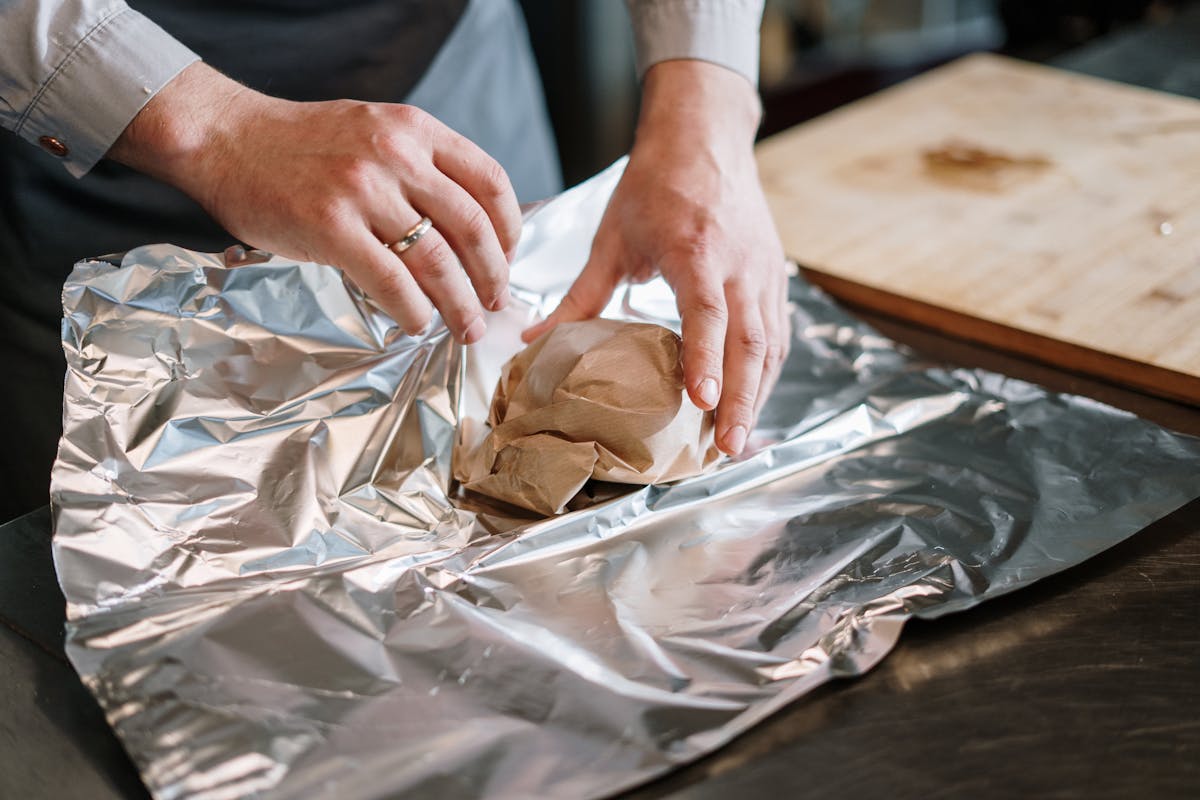
Aluminum foil is a staple in many kitchens, often used for cooking and storing food. However, it’s considered one of the toxic kitchen items that could be harmful to your health. Research suggests that aluminum exposure could be linked to several health conditions, including Alzheimer’s disease, osteoporosis, and kidney disease. While aluminum foil is convenient for cooking, particularly when used with acidic foods, it can cause the aluminum to leach into your food. To minimize your risk, try to limit the use of aluminum foil in cooking. Instead, opt for parchment paper or stainless steel trays for cooking and storing your meals.
4. Synthetic Sponges
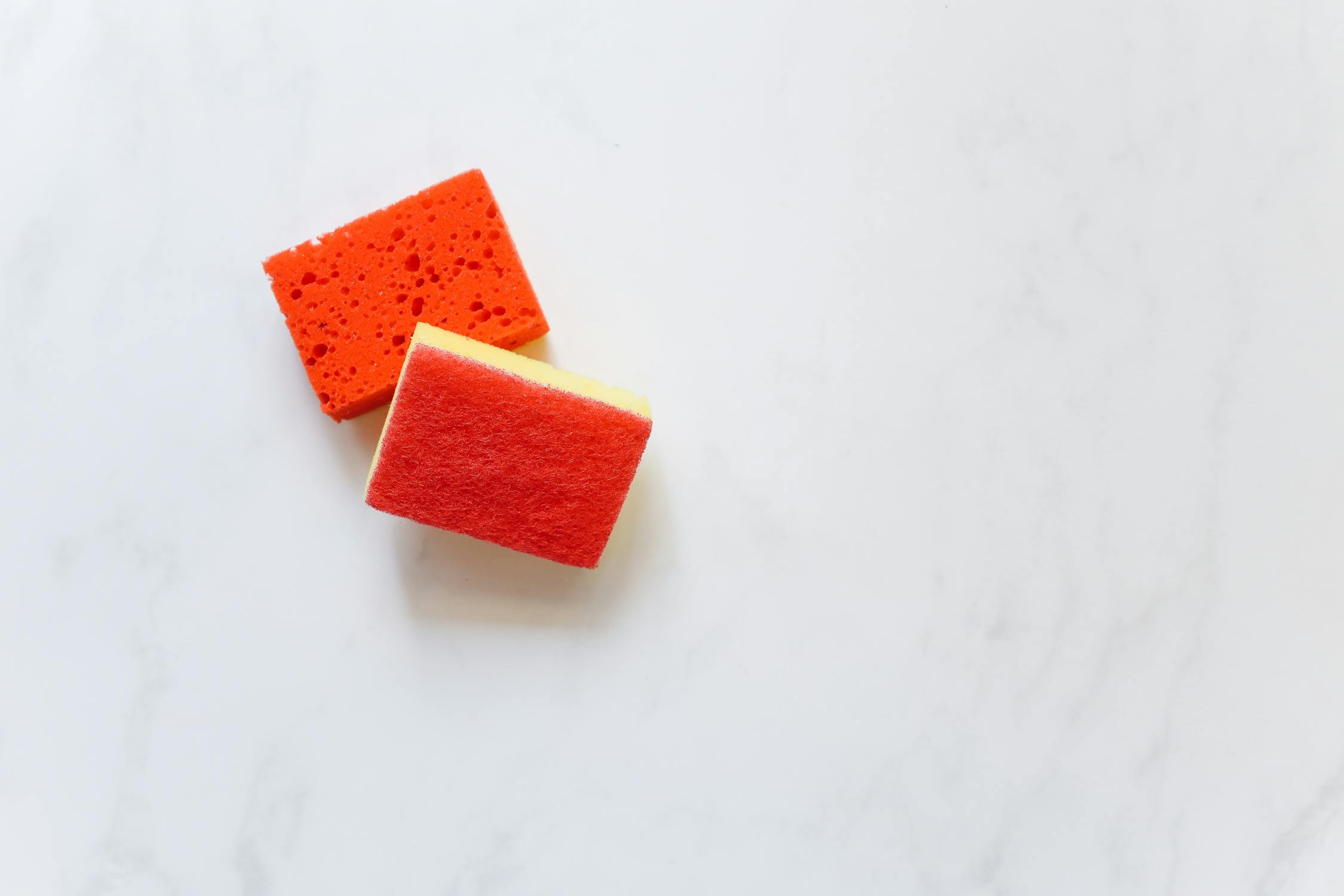
Most of us use synthetic sponges to clean up after cooking, but these common cleaning tools can harbor bacteria and toxins that end up in your food. Many synthetic sponges are made from materials like polyurethane and contain harmful chemicals that could seep into your kitchen surfaces, especially when the sponge gets wet. Additionally, these sponges can break down over time, releasing microplastics into the environment. Instead of using synthetic sponges, consider switching to natural alternatives like sponges made from cellulose or coconut fibers. These options are biodegradable and free from harmful chemicals, making them a healthier choice for your kitchen cleaning routine.
5. Microwave Popcorn Bags
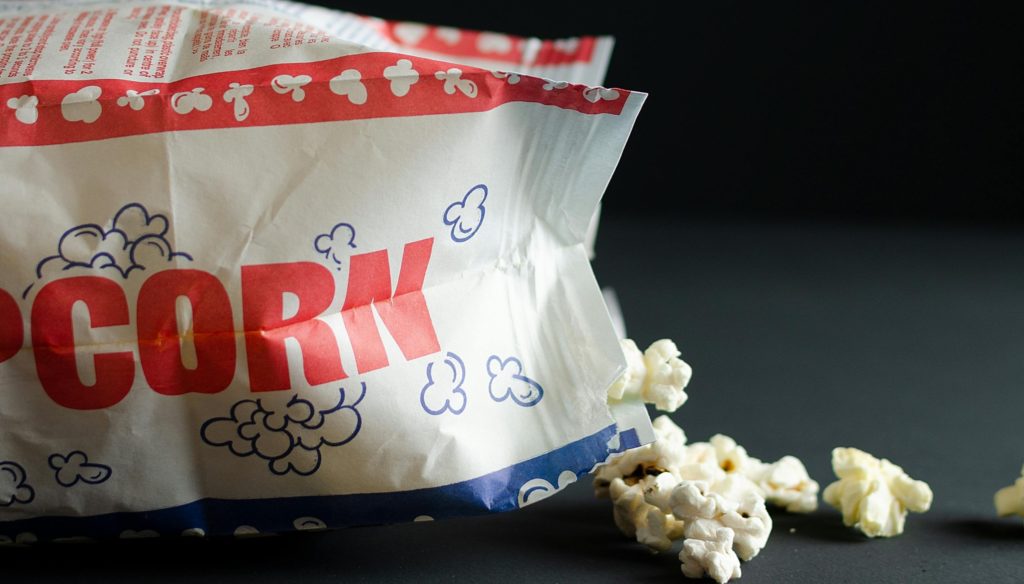
Microwave popcorn is a quick and convenient snack, but the bags they come in may contain harmful chemicals. Many microwave popcorn bags are lined with perfluorooctanoic acid (PFOA). This is a substance that has been linked to cancer and liver damage. The lining of these bags can break down when heated, releasing toxic substances that can leach into the popcorn itself. Although some brands have reduced the use of PFOA in their products, many still use harmful chemicals in the lining. Instead of relying on microwave popcorn, consider using an air popper or stovetop method. These alternatives are much healthier, and you won’t have to worry about harmful chemicals in the process.
Read More: 40+ Kitchen Cabinet Ideas To Take Your Home to The Next Level
6. Lead-Based Ceramic Cookware
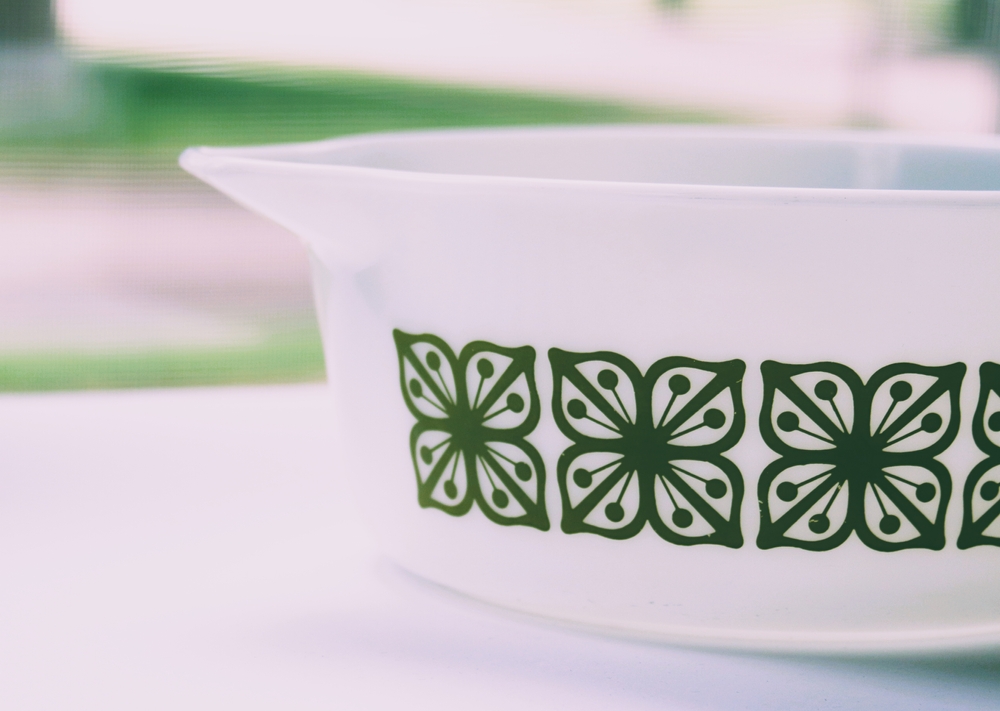
Lead-based ceramic cookware is another hidden threat that could be lurking in your kitchen. Some older ceramic cookware and vintage items may contain lead in their glaze, which can leach into your food when the pots and pans are heated. That vintage Pyrex might be a hazard. Even though most modern cookware is lead-free, some imported or older items may still contain lead, which can accumulate in the body over time. Lead exposure is particularly dangerous for young children, as it can interfere with their development and cause long-term health issues. To protect yourself and your family, avoid using vintage or unverified ceramic cookware. Look for brands that explicitly state their cookware is lead-free to ensure it’s safe for use.
7. Plastic Wrap

Plastic wrap is a convenient kitchen item used to keep food fresh, but it can also contain harmful chemicals like PVC (polyvinyl chloride), which can leach into your food, especially when it’s exposed to heat. Over time, the chemicals in plastic wrap can break down and contaminate the food it covers. Some wraps also contain phthalates, which are linked to hormone disruption and reproductive problems. To make your kitchen safer, switch to alternatives such as beeswax wraps, silicone lids, or glass containers. These options are reusable and non-toxic, making them much safer for both you and the environment.
8. Teakettle with a Plastic Spout

Electric and stovetop teakettles are often made with plastic spouts and handles for ease of use. However, heating plastic can cause harmful chemicals like BPA and phthalates to leach into the water, which then goes into your food or beverages. Long-term exposure to these chemicals can contribute to a variety of health issues, including hormone disruption and increased risk of cancer. To avoid this, consider switching to a stainless steel kettle or a glass kettle that doesn’t use plastic components. These options are chemical-free and more durable, ensuring a safer brewing experience every time. You could also try making your own tea with reusable tea bags made of cotton. If you are going to have healthy tea, you might as well make it yourself!
9. Plastic Coffee Makers

Many modern coffee makers are made with plastic parts, which may release toxic substances like BPA when heated. The hot water in the coffee maker can cause these chemicals to leach into your coffee, potentially exposing you to endocrine-disrupting compounds. While BPA-free plastics are available, the replacement chemicals used in these plastics may still pose health risks. To avoid these risks, consider using a stainless steel or glass coffee maker. These alternatives are free from harmful plastics and will allow you to brew your coffee without the added health concerns.
10. Radioactive Plates and Cups (Vintage Fiestaware)
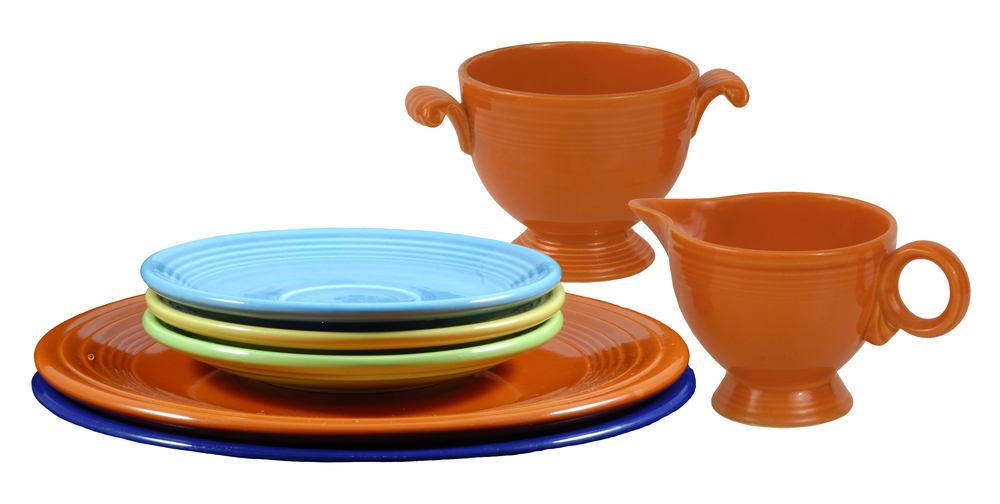
Vintage dinnerware, especially brightly colored pieces like Fiestaware, may contain hazardous amounts of radioactive materials. In the mid-20th century, some manufacturers, including Fiestaware, used uranium in their glazes to create vibrant colors, particularly the signature orange and red hues. While the radioactive content is usually low, prolonged exposure to these items—especially if they are chipped or cracked—could lead to increased radiation exposure. Over time, this can pose a risk to your health, particularly if you use these plates and cups regularly for food or drink. If you own vintage Fiestaware or other similar dinnerware, it’s wise to retire them from regular use and consider displaying them as collectibles rather than using them for meals. Always be cautious of vintage dinnerware from this era and check for any warnings regarding its safety.
Conclusion

Incorporating these toxic kitchen items into your daily routine may seem harmless, but over time, their effects can add up and pose serious health risks. From non-stick cookware and plastic containers to vintage dinnerware, many items commonly found in kitchens contain harmful chemicals that can leach into your food and environment. The good news is that safer alternatives are readily available, from stainless steel cookware to glass containers and natural cleaning tools. By making informed choices and replacing toxic kitchen items with healthier options, you can create a safer cooking environment for you and your family. So, take a moment to evaluate your kitchen and start swapping out harmful items—your health will thank you.
Read More: Throw Out These Kitchen Items (Today!)

